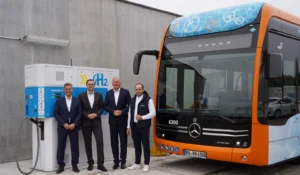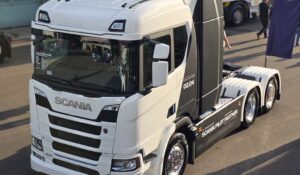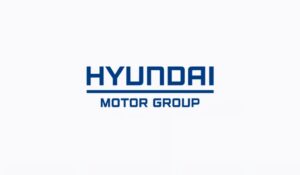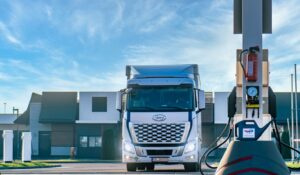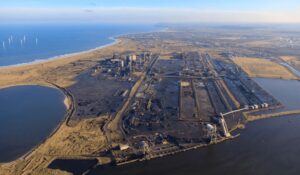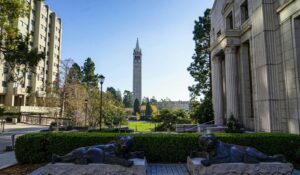London’s famous red bus goes blue: TfL embraces hydrogen power
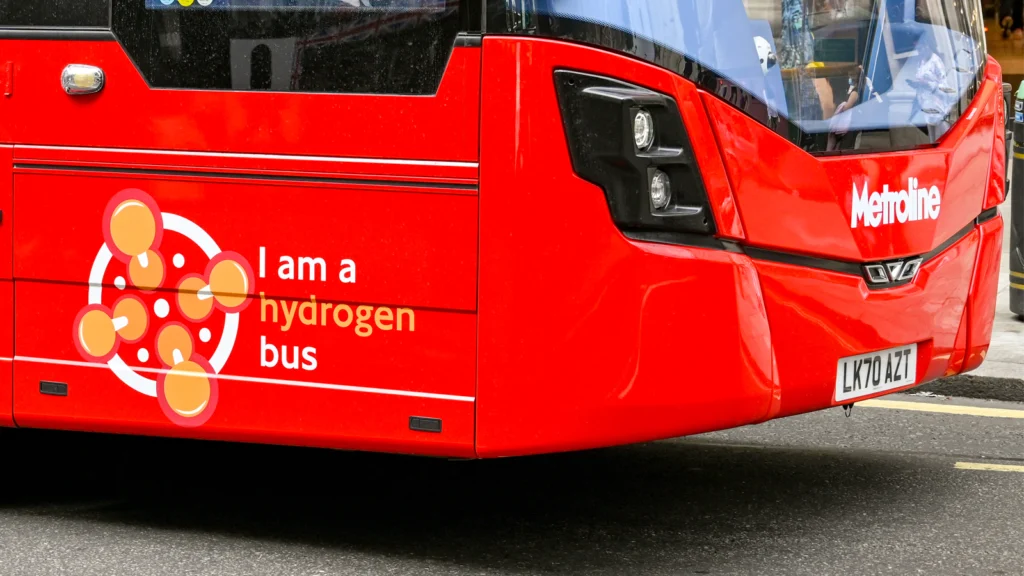
London’s iconic red buses have had a “blue” upgrade as they swapped diesel for hydrogen fuel cell technology.
Ballard Power Systems, a leading player in hydrogen fuel cell manufacturing, secured an order to supply 20 hydrogen fuel cell modules for London’s public buses.
The order is part of Transport for London’s (TfL) plan to make the city’s entire bus fleet zero-emission by 2034.
TfL is putting hydrogen power in the spotlight as a key component of that goal.
What is a hydrogen fuel cell bus?
A hydrogen fuel cell bus uses hydrogen gas to produce electricity that powers the vehicle.
Unlike conventional engines, it doesn’t burn fuel or release harmful gases. Instead, hydrogen is combined with oxygen in a “fuel cell,” producing electricity, heat, and water as by-products.
The only “emission” from a hydrogen bus is water vapour – no exhaust, no pollution – which is a huge improvement over traditional diesel buses, which produce smog-causing pollutants that lower air quality and contribute to climate change.
The order is part of an initiative called JIVE (Joint Initiative for Hydrogen Vehicles Across Europe), which is working to make hydrogen-powered buses a common sight across the continent.
London’s hydrogen buses joined 55 others scheduled to operate across the UK, all aimed at reducing pollution and supporting Europe’s transition towards sustainable public transport.
London’s red buses go blue
London’s red double-decker buses are as much a part of the city’s identity as Big Ben or the Tower of London.
While they’re loved for their iconic style, the traditional diesel-powered engines that drive them can have a serious environmental impact.
To tackle this, London has committed to making its entire bus fleet of 8,776 vehicles zero-emission by 2034.
Currently, TfL operates a mix of electric, hybrid, and hydrogen buses, with around 3,533 still running on diesel.
With Ballard’s hydrogen fuel cells, Londoners can commute without worrying about contracting a 19th century mining lung disease.
The 20 hydrogen buses – built by the JCB family’s Wrightbus – serve some of the busiest parts of the city, where air quality is a constant concern.
Why hydrogen? The benefits and challenges
Hydrogen is a clean ‘fuel’, but making it widely available remains a challenge. Part of the JIVE programme’s goal is to build the infrastructure – hydrogen refuelling stations and the like – that will make these buses practical to run.
The wave of hydrogen buses across Europe is backed by €57 million in EU funding, all aimed at making hydrogen a real alternative to petrol and diesel.
Hydrogen buses offer longer range and faster refuelling than battery-electric buses, which is ideal for cities with high demands on their transit networks.

